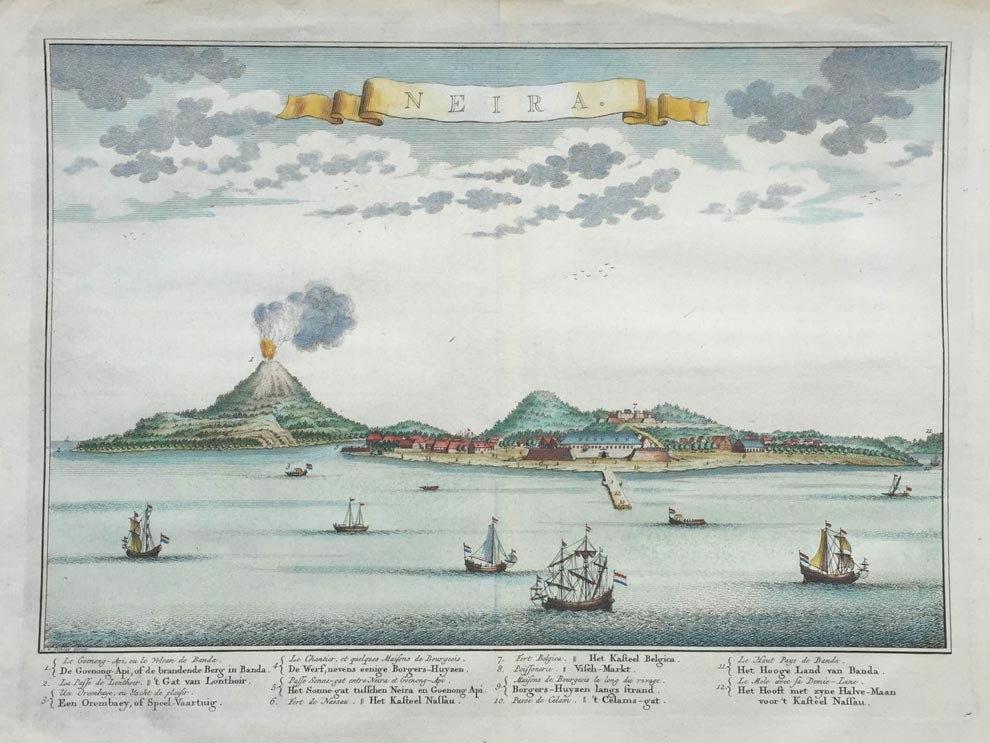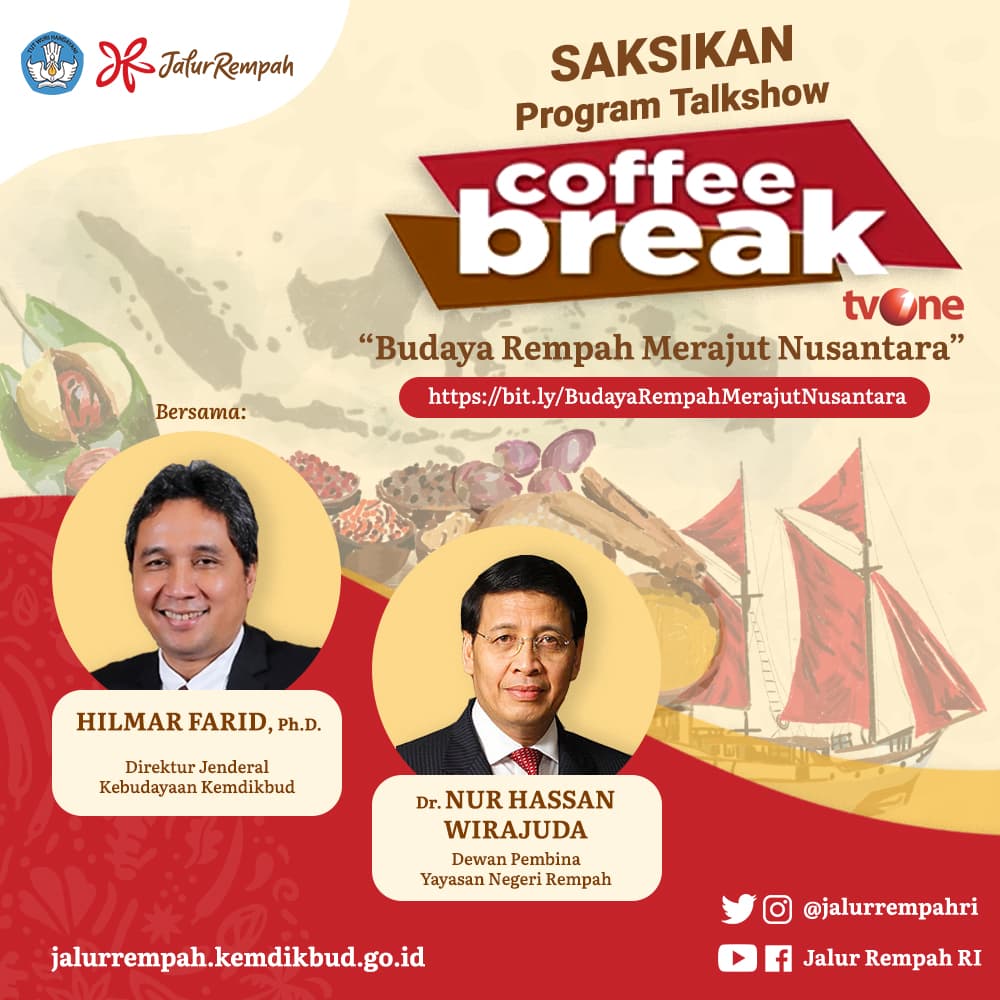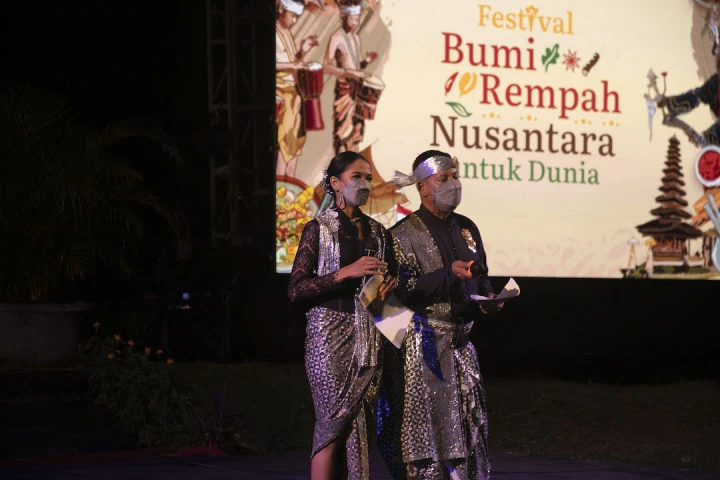
Today we’re familiar with processed products of nutmeg, namely nutmeg ice, candied nutmeg, nutmeg chips, syrup, etc. However, in the past, nutmeg wasn’t as simple as what we see today. As both nutmeg and mace producer, the plant took part in creating history by putting its producer, Banda Islands, as the stopover destination for different nations in the world that eventually created routes that we call the spice routes.
A Brief History of Banda Islands
People only inhibit 7 of 11 islands in Banda, for the rest are filled with corals, so plants cannot grow there. The absence of a river flow marks the unique characteristic of the islands. The Nutmeg Islands face the strait, bay, and open sea both in the foreground and background. Possessing 7.400 meters deep oceanic trench, the Banda Sea is seen as a dark blue ocean. This trench appeared due to the meeting of three plates of the earth’s crust, which are the Eurasia Plate, Indo-Australian Plate, and Pacific Plate.
Located in 5°43 – 6°31 South Latitude and 129°44 -130°04 East Longitude, Banda Islands possess a tropical marine climate and monsoon climate, for huge oceans surround it. Thus, the marine climate in this area is in line with the monsoon climate.
Despite its reputation as the only nutmeg producer until the 18th century, Banda Neira wasn’t an agricultural area. Aside from spices, coconuts, and other fruits, Banda didn’t produce other foodstuffs, including salt. The Bandanese depend on other islands to meet their daily needs.
Thanks to the nutmeg. The fact above doesn’t make Banda Islands any less fascinating. Living a sustainable life with the wind and rainfall and the climate of the Banda Islands, nutmeg also fulfills the survival needs of the residents through spice production. More than as an exchange material for the Bandanese to meet their daily needs, nutmeg brought a lot of valuable things, including the formation of the trade routes and the appearance of cultural assimilation that still exists today. Thus, Banda always sparks its fascinating sight, leading to various studies and research that can even transform into a film.
A Brief Story of Nutmeg & Mace
Before stepping in further, let’s get to know nutmeg as one of the spices first. What we call nutmeg is the seed of the nutmeg trees (Myristica Fragrans) which has ellipse leaves and oval fruit. Looking at its structure, the seed has a coat known as the mace. The fruit is yellow, fleshy, has a distinctive aroma, and contains essential oil. When it’s ripe, the rind and flesh will crack and we will be able to see the red mace covering the seed. One fruit will produce one brown seed. The seed and mace become the parts to harvest. Mace particularly has higher economic value, for the production of mace within one tree is lesser than the seed.
The trees are ready to harvest when they have reached the age of seven until nine years old. When they are twenty-five years old, the production will reach the maximum level. They grow up to 20 meters high and live up to hundreds of years.
When harvesting the fruit, the mace is separated, for the seed will be dried afterward. The drying process takes six to eight weeks. The inner part of the seed will shrink during the process. When it’s dried, the shell will crack and produce the inside part that we call nutmeg.
In the past, people planted walnut trees (Canarium Indicum) alongside the nutmeg trees that grew a lot higher in order to protect the nutmeg trees from the sunlight. Aside from protecting nutmeg trees, walnut trees produced walnuts and the people used the woods to build houses. Nutmeg flowers undergo natural pollination with the help of insects in order to produce fruits. Meanwhile, the plants spread with the help of doves that digest the fruit and release the seeds as feces.
In a particular time of the colonial era, the Dutch developed a nutmeg cultivation system designed to produce harvest maximally. They planted nutmeg almost in every square meter of the land. As the biggest island, Lonthor produced the most significant amount of nutmeg, followed by Ai and Run.
Nutmeg Islands, the Emergence of Spice Routes and Cultural Assimilation
There are two main things about the Banda Islands in the history of the eastern Indonesian archipelago. The first one is that we can analyze the islands’ history through the trade routes and the dynamics of the plantation area to decide who dominated the nutmeg trade. The second one is the history of Banda as islands and sea that could create relationships among people, economics, and cultures.
In other words, Banda Islands is believed to be a point and the destination of traders from the north coast of Java, Malay, Arab, China, India, and Europe who came for nutmeg. It led to the entry of cultures and other goods that the traders brought from different parts of the world.
The relationship of Bandanese with people outside the islands arose, for they didn’t have enough resources to meet their daily needs. The nutmeg and mace they produced attracted people outside the islands. They exchanged various goods Bandanese needed with nutmeg. It’s clearly stated in the Hikayat Lonthor: “A lot of people from the eastern islands also came to Banda. Until today, the place is called the East Coast…”
The trade goods gained the popularity that they eventually attracted other nations to come to Banda.
Five ports in Banda that accommodated the nutmeg and mace productions from the Bandanese’ plantations then strengthened its attractiveness. They were Naira, Orantata, Kombir, Selammon, and Lonthoir Ports. They then became the center of interaction and cultural assimilation.
By looking at the traces, we can prove that Banda once was a crowded place with many traders coming from everywhere. Some of the traces are ceramic plates from the Ming Dynasty and the Chinese influence in the life of Bandanese. We can also find Chinese ceramic artifacts almost in every part of the Molucca Coast. Aside from ceramics, Bandanese also traded nutmeg with woven fabric and textiles from the west coast of India, such as Gujarat, Coromandel, and Bengali. During the peak of the trade era in the 15th-16th century, the wholesalers of spices had appeared.
A Portuguese expert Tome Pires who worked for the Kingdom of Portugal in Asia, recorded that the Javanese and Malacca traders sailed to Maluku and Banda Islands every year, carrying cotton clothes and silk from Cambay, Coromandel, and Bengali. First, they sailed through the Javanese or south route and stopped over at the north coast of Java, including Jepara and Gresik. In Gresik, they unloaded some woven clothes they carried from Malacca. Then, they went on sailing and stopped over in Sumbawa and Bima to get water and food supplies. They also bought some rice and coarse woven fabric in demand in Banda to trade them with nutmeg and mace.
We can see the proof of acculturation caused by the coming of the westerners from the perkenier site (nutmeg plantation) by the Dutch. Perkenier emerged when the Dutch remodeled the structure of nutmeg plantations from the Bandanese’ authority. It started to operate in the second quarter of the 17th century. We can see the site of perkenier that remains intact in Ai Island, including the gate with the Dutch language written upon it. Meanwhile, in Run Island, the remaining perkenier site is only Eldorado Fortress. The government of the Republic of Indonesia nationalized the plantations during Indonesia’s independence.
The facts listed above slightly cover the great things and impacts that triggered the Banda Islands to gain its reputation for their nutmeg and mace productions. It leads us to dive deeper into understanding how Nusantara shaped itself in the global arena long before the rising of the Republic of Indonesia through a route that connected places, with the traces that remain until today.
________
Sources:
Marihandono, Djoko & Bondan Kanumoyoso. 2017. Rempah, Jalur Rempah, dan Dinamika Masyarakat Nusantara. Jakarta: Direktorat Sejarah.
Razif & M. Fauzi. 2017. Jalur Rempah dan Dinamika Masyarakat Adat Abad X-XVI: Kepulauan Banda, Jami dan Pantai Utara Jawa. Jakarta: Direktorat Sejarah.
________
Text & Editor: Doni Ahmadi
Translator: Dhiani Probhosiwi
Image: Jacobus van der Schley (direxit), Pierre d' Hondt (publisher). 1753. View of the island of Banda Neira. Koninklijke Bibliotheek.










